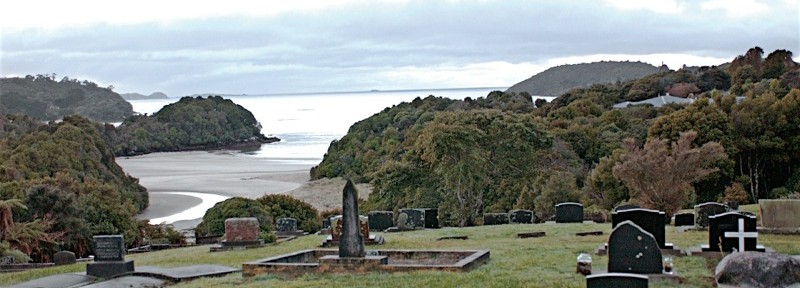 I happen to live very near a cemetery. This last week on The Eve of All Hallows. The cemetery saw lots of traffic. All night long (at least until 3 AM when I stopped paying attention) cars would drive through- sometimes very slowly. The lights would turn out, I’d hear car doors slam, and I visualized people walking among the tombstones. I’m sure it was all very hocus-pocus and ‘scary’.
I happen to live very near a cemetery. This last week on The Eve of All Hallows. The cemetery saw lots of traffic. All night long (at least until 3 AM when I stopped paying attention) cars would drive through- sometimes very slowly. The lights would turn out, I’d hear car doors slam, and I visualized people walking among the tombstones. I’m sure it was all very hocus-pocus and ‘scary’.
But it hasn’t always been so. Cemeteries haven’t always had such a dreary and tawdry, horror movie reputation. They actually were our country’s earliest parks. At one time folks on Sunday afternoon would walk through the cemetery and promenade. Believe it or not, they were considered happy places to visit.
In our family, whenever and wherever we travel we try to visit a cemetery or two. Somehow it puts us in touch with the history of the area we visit. The tombstones often speak of faith and family, not merely grief and loss. Each stone represents history- stories to be told and retold. My wife and I have visited cemeteries from Connecticut down through the east coast, across the South and into East Texas. Each place has a special appeal and ambiance. They are living places with gardens and each grave represents a life lived.
The old cemetery in Savannah, Georgia is so rich with atmosphere and history it is almost intoxicating. Then there’s the little cemetery next to the Episcopal Church in St. Francisville, Louisiana. One doesn’t have to have much of an imagination to think back to the war between the states and envision Yankees shelling the place from the river.
Each cemetery, wherever it is found, is unique. The great Hebrew cemetery in Prague, shaded by mighty trees and bristling with stones from the Middle Ages, is one of the most mystical places on the planet. Each tombstone seems to speak sorrow, and yet there is a quiet and hopeful faith about the place. The Hebrew people put me in mind of the Pharoah of Egypt. Isn’t Egypt full of magnificent graveyards? When you think about it, the pyramids are mighty monuments to the dead.
Then there’s a little cemetery on Isola dei Psscatori in Laggo Maggorie, Italy. It’s a family cemetery, well kept and tended to with flowers about the place. That cemetery is like an island in the midst of an island. It testifies that even in a magnificent and beautiful place like the Italian lake district, there is another world even more beautiful and serene. And the people, even there, as they lay down their bones are hopeful about going to that other place.
I suppose the most far away cemetery my wife and I have ever visited was the cemetery on Stewart Island at the southern tip of New Zealand. Here is a place as far away and as isolated as a man could hope to be way, way out in the Pacific. When men bury their loved ones in the ground, each grave faces east and looks across the blue Pacific to the rising sun. Each grave and its individual story are unique, yet even this cemetery (so far away) is like all the others. Men lay their loved ones down in hope amidst beautiful and gardened places.
Now, I like to think of the Biblical account of the burial of Jesus and his subsequent resurrection. Mary, on seeing Jesus after the resurrection, did not recognize him at first (Christ’s resurrection was too fantastic to imagine), and she thought he was merely the gardener. You read the story for yourself. I like this account for several reasons. First of all, I like the idea of Jesus, our Lord and Messiah, being mistaken for a gardener. Let me just say, as a gardener, I like that. But it also says something about that first century Jewish cemetery; it was a gardened place! Where there is a gardener, there is a garden. Each cemetery becomes a little gardened paradises that prefigures heavenly gardens.
Cemeteries are not the ghoulish places we modern men have made them out to be. They are pleasant resting places between two worlds.
A far away garden and cemetery at the end of the world- Stewart Island, New Zealand.
